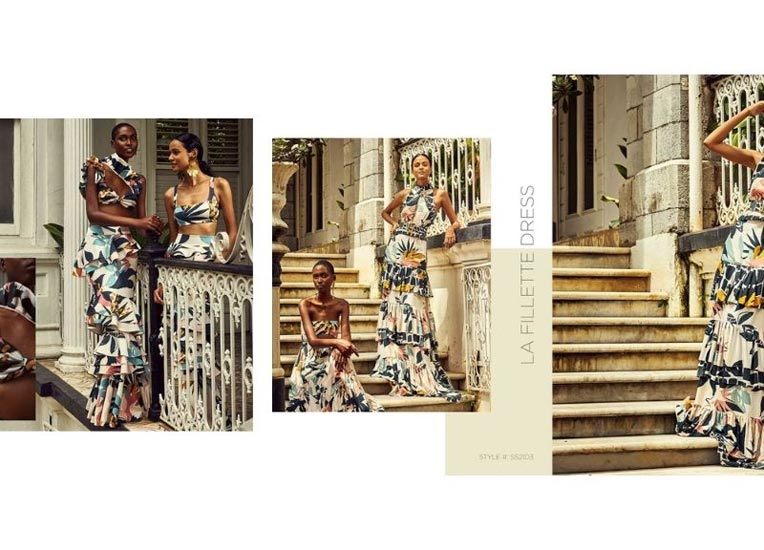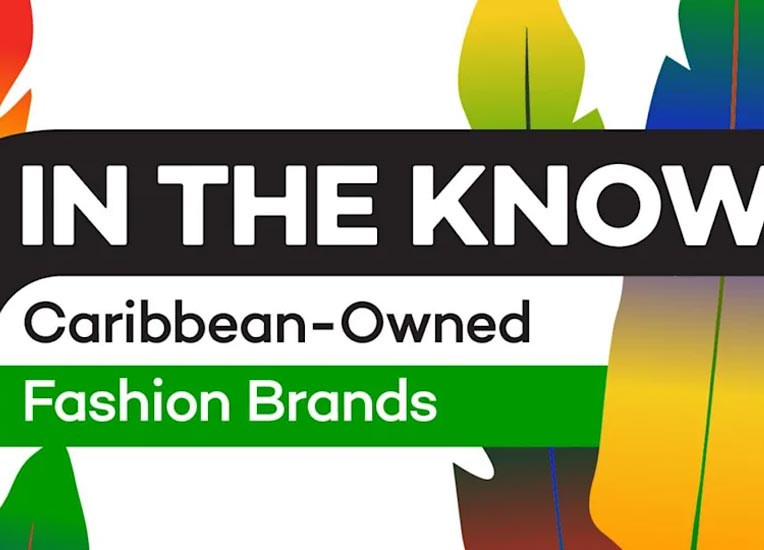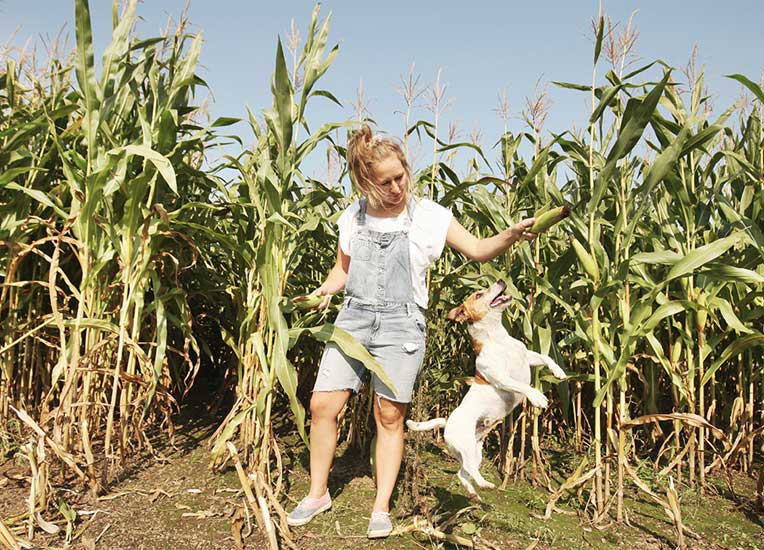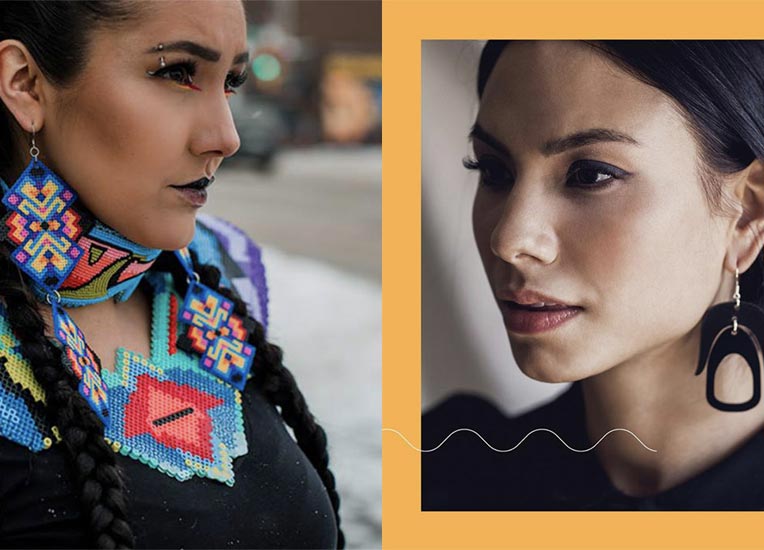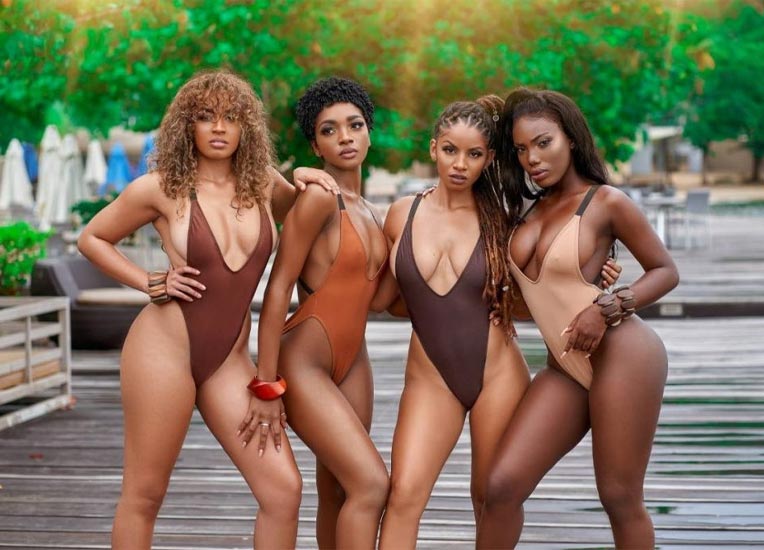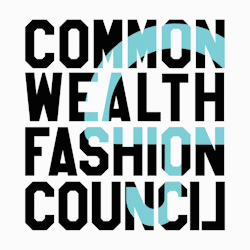Commonwealth Fashion News Articles

Commmonwealth Fashion
Major News Article
The Future of Blue Fashion:
Q&A with Will Anderton
Commonwealth Fashion Editor’s Letter: March 2025
You’ve heard of green fashion. But have you heard about blue fashion?
For those of you who don’t know what blue fashion is, fret not –– CFC has got you covered. Blue fashion is an emerging sector in the blue economy, which it focuses on the use of marine raw materials and by-products to develop sustainable bio-alternatives for the fashion industry.
While fish leftovers become fishmeal for animals or simply thrown away, the old practice of turning fish skin into leather has taken a popular turn. Fish skins have delicate layered patterns that are unique in the natural world, they are also flexible, and can be sustainable sources and alternatives to cow leather.
I am reminded of our November 2021 article about cruelty-free fashion, where Guadalajara, Mexico-based DESSERTO makes products out of cactus leather. This decision to manufacture products from cactus was the make a statement on sustainability.
As more and more fashion brands are beginning to take accountability for unsustainable practices, we are seeing a shift towards leather alternatives. And that includes unconventional materials –– like fish leather. Yup, you read that one right.
Two students from Stirling University in Scotland are undertaking research into the financial viability of establishing a fish skin business in the UK, which is in line with the UK governments levelling up agenda. One of those students is Will Anderton, who recently sat down for a Q&A with me for this month’s article.
Speaking to me on camera, Will explains the pretty cool process of turning fish skins into leather and why this is an innovative solution, challenges faced when pursuing his masters, and future ambitions with the project and the future of blue fashion.
This is still a new concept, and has the potential to transform the future of the fashion industry. With the added benefits that come with blue fashion, I am excited to see how this emerging sector transforms the fashion industry.
7 Looks for 7 Decades:
A Look at Queen Elizabeth’s
Most Iconic Outfits
I was eight-years-old when I first became obsessed with the Royal family. Always an avid reader, I was gifted a ton of books and magazines that looked at the history and fashion of the British royal family, owned a ton of memorabilia, and even went as far as buying a plate with Queen Elizabeth’s portrait at a yard sale. I still own it to this day.
While my eight-year-old self is probably devastated that she didn’t grow up to marry Prince William, she is definitely thrilled that she fulfilled her dream of moving to England. And it was an added bonus that it was in time for the Platinum Jubilee.
With her coronation taking place in 1953, Queen Elizabeth II has become the second-longest-reigning sovereign monarch in the world, following closely behind Louis XIV of France. She also has become the longest-lived and longest-reigning British Monarch.
Over the course of her 70-year-reign, Queen Elizabeth II has ruled through a number of historic moments in history: the explosion of Beatle-mania, decolonization, the emergence of the World Wide Web, and the ongoing global pandemic. Through all of the ups and downs, Queen Elizabeth has ruled with grace and dignity.
In honour of Queen Elizabeth’s Platinum Jubilee, we will be looking at her seven most culturally relevant looks and outfits over the course of her 70-year reign. These looks will be examined on why they are relevant, what they represent politically and culturally, in addition to what was happening in the world during this time.
What makes this month’s article extra special is that my very talented team of interns are co-writing this article with me. Asides from feeling like a proud parent, this collaboration represents everything that Queen Elizabeth has advocated for as the Head of State.
Being able to live and work in England has been a dream come true for my eight-year-old self. Being able to contribute to the Commonwealth in even the smallest of ways has been an absolute privilege.
Happy Platinum Jubilee, Your Majesty!
“Collaborate for What You Believe In”:
A Conversation with CFC CEO
and Founder, Daniel Hatton
In the year that I have had the privilege to work for The Commonwealth Fashion Council, I have grown quite close to our CEO and Founder, Daniel Hatton.
While I could no doubt write an entire article alone just to talk about my admiration for Daniel and all of the laughs we have had in our daily check-ins, I will use this Letter from the Editor to instead tease some of the insights that Daniel will be sharing in this month’s major article.
Originally from Liverpool, Daniel first conceived the idea of CFC when he was completing his masters at Central Saint Martins, University of the Arts London. CFC focuses on advancing responsible fashion, Commonwealth Fashion education (through the CFC’s Commonwealth Fashion Education Symposium) and trade, underpinning these key ribs of the CFC umbrella are the CFC’s commitment to youth and gender empowerment.
Through his work with CFC, Daniel has used his platform with CFC to harness meaningful conversations about the importance of socio-economics in fashion, how to close the gap of the working class within the fashion industry, and generating discussions about the Atlantic slave trade. More importantly, Daniel has always used his platform with CFC to advocate for the causes that he believes in.
Believe me when I say that we need more leaders like Daniel.
Being able to learn from Daniel has been a privilege. And I am excited for our readers to learn more about Daniel and the CFC story in this month’s article.
Celebrating Designers
of Belize
Open Minds: What Would You
Change About the Fashion Industry?
If I could change one thing about the fashion industry, I would continue to fight for diversity in the industry.
As a straight-sized white woman, I am aware of the very privileged space that I occupy within the fashion industry. I have never had to worry about walking into a store and not finding anything in my size. Because clothes have always been designed for people built like me, and it shouldn’t be exclusive to people built like me.
Thanks to body positive activists like Lizzo, Robyn Lawley and Ashley Graham, the fashion industry is seeing more body diversity not just in stores, but also on the runway. In fact, designer Christian Siriano has made a point to include plus-sized models in his runway shows, while Donatella Versace’s SS21 show featured an array of plus-sized models, sending across the message that all body types should be welcomed and celebrated.
However, this is not enough.
We still see body shaming within the industry and eating disorders are still encouraged and continue to run rampant. This has been the norm in fashion for decades, and it won’t be resolved overnight. While I am doing my due diligence to correct these wrongs of the industry now, I often fantasize about a world where I can just snap my fingers and the fashion industry will be cured of this problem.
This one wish to change the fashion industry is the inspiration for this month’s major article. And we are listening to our readers.
This month, we are doing something different. We are launching a video that asks real-life people the same question: “What is one thing about the fashion industry that you would change?”
Taking place on the Nottingham Trent University campus, my team and I asked participants between the ages of 18-35 this question and we got a variety of different answers. Some questions were surprising, some were thought-provoking and some inspired me to drive change in the industry. Safe to say I am excited about this generation and their drive to change not just the industry, but the world, for the better.
If there is something else about the fashion industry that you would like to change, my inbox is open. I want to hear new perspectives and voice about how we as an industry can work towards more positive global change.
Embracing Different Socioeconomic
Backgrounds in Fashion
Whenever I think of Alexander McQueen, a few key words come to mind: provocative, boundary-breaking and luxurious.
These all are fitting words to describe the eponymous brand of the late Alexander McQueen, who took his own life 12 years ago this month.
This luxurious fashion brand that McQueen built up for himself is a far cry from the upbringing he had in East London.
During an editorial meeting with my interns, we talked about McQueen and my intern, Mikey, shared that McQueen came from a working-class family. As obsessed with McQueen as I am, I did not know this. After our meeting, I did a deep dive into the life of Alexander McQueen –– before the glamour. And Mikey was right.
His father, a taxi driver, and mother, a social sciences teacher, supported their family on a modest income. According to friends and relatives, this modest upbringing is what kept McQueen grounded as he worked his way up in the fashion industry as an apprentice, to a pattern cutter, to the founder of his own brand, that has continued to live on long after his passing.
After this discussion with my interns, I began to think about a few things: what if Alexander McQueen was never given a chance? What if his working-class upbringing had been the deciding factor in his success in the fashion industry?
If there was no McQueen, we would not have had one of the most memorable finales in fashion history when Shalon Harlow was spray-painted by two robotic arms on the runway. And we would not have had the iconic Union Jack coat that David Bowie rocked on the cover of his 1997 album, Earthling.
And of course, who knows what Kate Middleton would’ve worn on her wedding day to Prince William had McQueen’s career never taken off.
This alternate reality without McQueen got me thinking about all of the creatives aspiring to have a career in fashion from a lower socioeconomic background who have not been so lucky in getting access to the fashion industry.
Without further ado, our article for February will look at the disconnect of socioeconomics in fashion.
The fashion industry needs to give more opportunities to create more opportunities for low-income demographics within the fashion industry. For far too long, the fashion industry has been associated with elitism, and inaccessibility. There are a few different ways this can be achieved: through the creation of mentorship programs, scholarships and changing the overall narrative within the industry.
It’s time we give another Alexander McQueen a chance.
Alanna Fairey
Commonwealth Fashion Content Editor
The Rise of Fashion NFTs
If you’re hoping that the world at large will stop talking about NFTs –– short for non-fungible tokens –– you’re out of luck. NFTs are taking over the fashion industry, so get ready.
Before we jump into it, I’m sure you’re wondering…what is an NFT?
To put it simply, NFTs are a unit of unique data stored on the blockchain system that can be traded and sold. Most digital files can become NFTs, but in the context of the fashion industry, NFTs have mostly been through imagery.
The fashion industry –– especially on the luxury side –– has increasingly been engaging with NFTs, as digital fashion has come to the forefront due to the technological advancements that the pandemic has brought. In September 2021, Italian luxury fashion house Dolce & Gabbana made headlines when the brand auctioned their virtual collection, Collezione Genesi for US$6 million. The brand’s NFT collection was created with and auctioned by UNXD, a marketplace for digital luxury and culture, and is now widely believed to be the most multifaceted fashion NFT produced and offered in the industry to date. The nine-piece collection included a digital “Glass Suit”, two versions of “Dress from a Dream” and three intricate crowns, in addition to the physical copies of the garments.
So, what exactly does this mean for the fashion industry?
While it may still be too early to tell, I believe that within a year’s time, when you purchase a physical garment, you will also acquire a digital asset as well.
As consumers are becoming more technologically savvy and sustainably motivated, NFTs will be a permanent staple in the industry, and will inevitably lead to the creation of jobs and collaborations with crypto artists and creators.
However, there are still risks that the industry will need to be mindful of if they wish to jump on the NFT bandwagon. With cyberattacks and security breaches on the rise since the early days of the pandemic, brands need to educate themselves on how to best protect themselves and customers should a breach occur.
Being aware of how trademark protections for real-world items will be enforced in the digital realm as commercial activity heats up in the metaverse is a top-of-mind concern. French luxury design powerhouse Hermès made headlines recently for suing an NFT creator for creating digital dupes of the brand’s iconic Birkin bag without their permission.
In our major article dropping next week, Ronald Fletcher Baker LLP educates us on the legalities of NFTs in the fashion industry.
With the materialization of the metaverse and NFTs, I think it’s safe to say that brands will continue to entice consumers through their digital fashion offerings once they have closed the existing gaps of this new technology. I believe that NFTs will become a core part of the fashion industry in the years to come.
Alanna Fairey
Commonwealth Fashion Content Editor
Discovering Cruelty-Free Fashion
A few years ago, I was freelancing as a stylist in Toronto. The day before the photo shoot was scheduled to take place, I was tasked with pulling clothes from a number of upscale boutiques and shops in the city.
When I was at one particular shop (who I will not name), there was a grandiose mink coat, priced $6,000. It had not sold, despite consumer demand and interest for it the previous season. I had asked one of the sales associates working what they do with merchandise like that when it doesn’t sell. Naively, I assumed that maybe staff were allowed to use a staff discount and take it home. Nonchalantly, he simply said, “we’ll toss it in the incinerator.” I felt like I had been punched in the gut, hearing this news.
Not only were animals killed for the sole purpose of producing this coat, but it was all in vain. Animal welfare issues aside, this also opened my eyes to the sustainable implications of cruelty fashion. We are facing a climate crisis, and fashion is notoriously one of the biggest polluters.
After that fateful day, I pledged to go fur-free and to take the initiative to practice this in my everyday life. With this oath in mind, our latest article will be looking at cruelty-free fashion, and the role that it will play in the future of fashion.
In this article, I spoke with Yvonne Taylor, Director of Corporate Projects, PETA, who says that this shift in consumer behaviour is rooted in their desire to live sustainably and make sure that their shopping decisions do not result in any negative implications for the future “Studies from within the fashion industry also continue to make the important point that animal-derived materials have a worse impact on the environment than even synthetic materials do,” Taylor said in a prepared statement. “Hides, for instance, are treated with toxic chemicals to prevent decomposition –– so they’re not biodegradable. Raising cows for their skin and sheep for their wool is also a major contributor to methane emissions.”
It is also worth noting that Queen Elizabeth II recently pledged to go fur-free, a decision that is aligned with her citizens, as research seems to suggest that 95% of the British public is vehemently opposed to the fur trade.
We also highlighted Leticia Credido, an East London-based designer who is weaving seaweed into her fabrics to highlight awareness to the destruction of the coral reef, and Desserto, a cactus-based biomaterials developed by Adriano Di Marti company. Both designers discussed their desire to continue promoting sustainable cruelty-free fashion, as well as their hopes for this to be the norm in the future of the fashion industry.
I will end my Letter from the Editor’s note with this: taking small steps towards change is still change. It does not have to be overnight. Continue to educate yourself on what cruelty-free fashion is, how to find designers that align with this and don’t be afraid to ask questions. Change is coming to the industry –– get ready.
Alanna Fairey
Commonwealth Fashion Content Editor
Commonwealth Fashion to the Rescue
A few years ago, I was freelancing as a stylist in Toronto. The day before the photo shoot was scheduled to take place, I was tasked with pulling clothes from a number of upscale boutiques and shops in the city.
When I was at one particular shop (who I will not name), there was a grandiose mink coat, priced $6,000. It had not sold, despite consumer demand and interest for it the previous season. I had asked one of the sales associates working what they do with merchandise like that when it doesn’t sell. Naively, I assumed that maybe staff were allowed to use a staff discount and take it home. Nonchalantly, he simply said, “we’ll toss it in the incinerator.” I felt like I had been punched in the gut, hearing this news.
Not only were animals killed for the sole purpose of producing this coat, but it was all in vain. Animal welfare issues aside, this also opened my eyes to the sustainable implications of cruelty fashion. We are facing a climate crisis, and fashion is notoriously one of the biggest polluters.
After that fateful day, I pledged to go fur-free and to take the initiative to practice this in my everyday life. With this oath in mind, our latest article will be looking at cruelty-free fashion, and the role that it will play in the future of fashion.
In this article, I spoke with Yvonne Taylor, Director of Corporate Projects, PETA, who says that this shift in consumer behaviour is rooted in their desire to live sustainably and make sure that their shopping decisions do not result in any negative implications for the future “Studies from within the fashion industry also continue to make the important point that animal-derived materials have a worse impact on the environment than even synthetic materials do,” Taylor said in a prepared statement. “Hides, for instance, are treated with toxic chemicals to prevent decomposition –– so they’re not biodegradable. Raising cows for their skin and sheep for their wool is also a major contributor to methane emissions.”
It is also worth noting that Queen Elizabeth II recently pledged to go fur-free, a decision that is aligned with her citizens, as research seems to suggest that 95% of the British public is vehemently opposed to the fur trade.
We also highlighted Leticia Credido, an East London-based designer who is weaving seaweed into her fabrics to highlight awareness to the destruction of the coral reef, and Desserto, a cactus-based biomaterials developed by Adriano Di Marti company. Both designers discussed their desire to continue promoting sustainable cruelty-free fashion, as well as their hopes for this to be the norm in the future of the fashion industry.
I will end my Letter from the Editor’s note with this: taking small steps towards change is still change. It does not have to be overnight. Continue to educate yourself on what cruelty-free fashion is, how to find designers that align with this and don’t be afraid to ask questions. Change is coming to the industry –– get ready.
Alanna Fairey
Commonwealth Fashion Content Editor
Spotlighting Commonwealth Fashion
Pacific
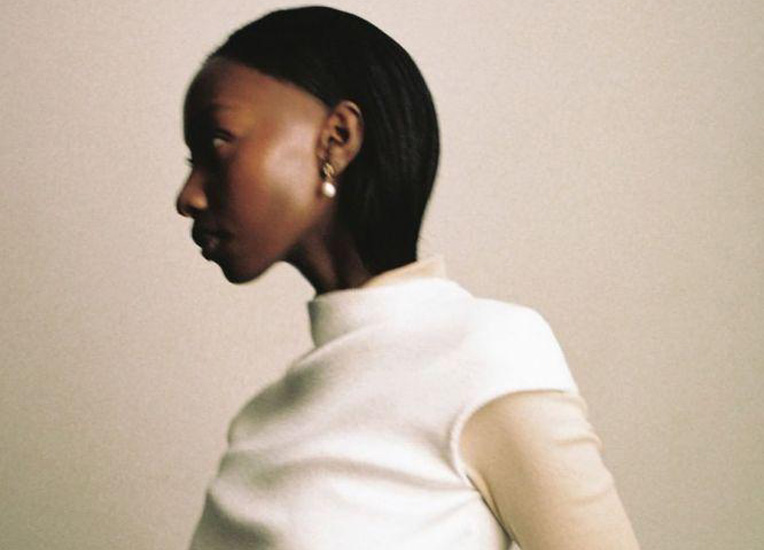
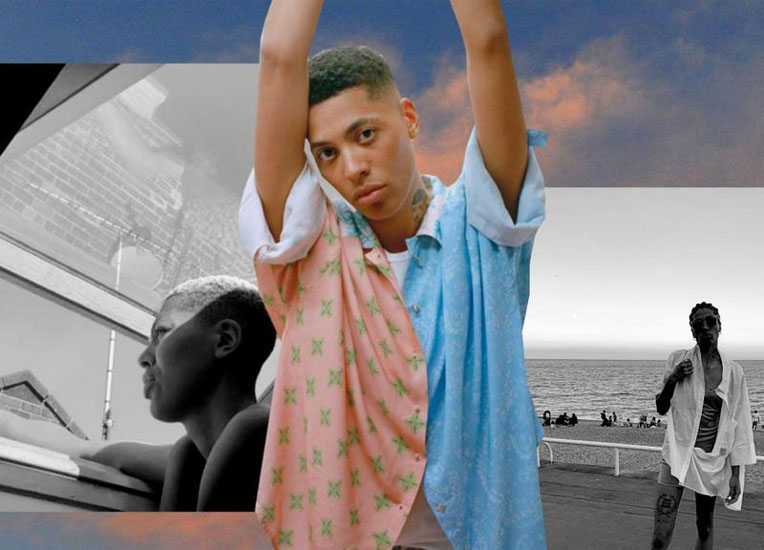
Fashion’s new frontier: Kai-Isaiah Jamal is changing the industry from the inside out
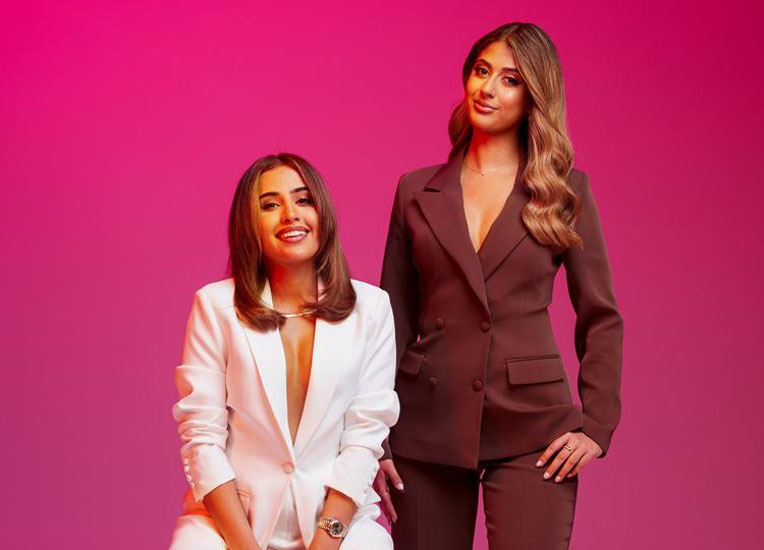
The Covid-19 pandemic might have put a halt on many things, but not online shopping. According to a report by MasterCard Economics…

Even though May—the month that Asian American and Pacific Islander Heritage month is recognized—is almost over, when you shop at the fashion retailers and brands on this list, you’ll also be supporting the AAPI community…
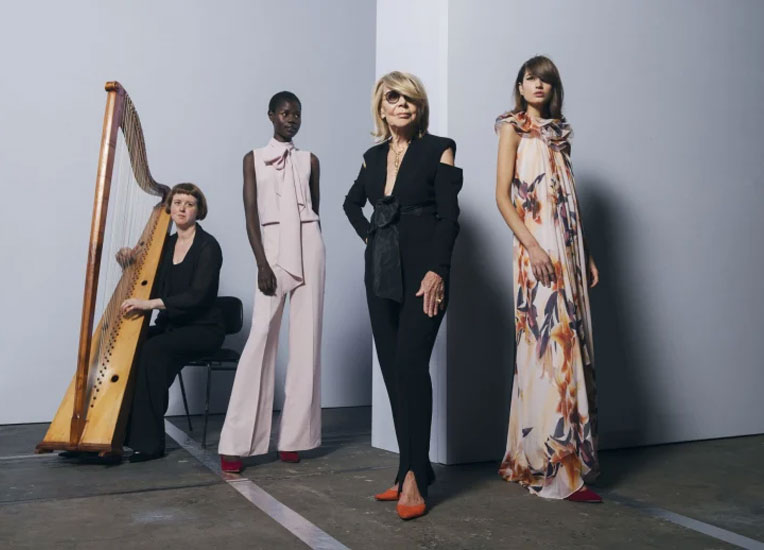
Australian Fashion Week will honour Carla Zampatti by naming a runway after the late designer…
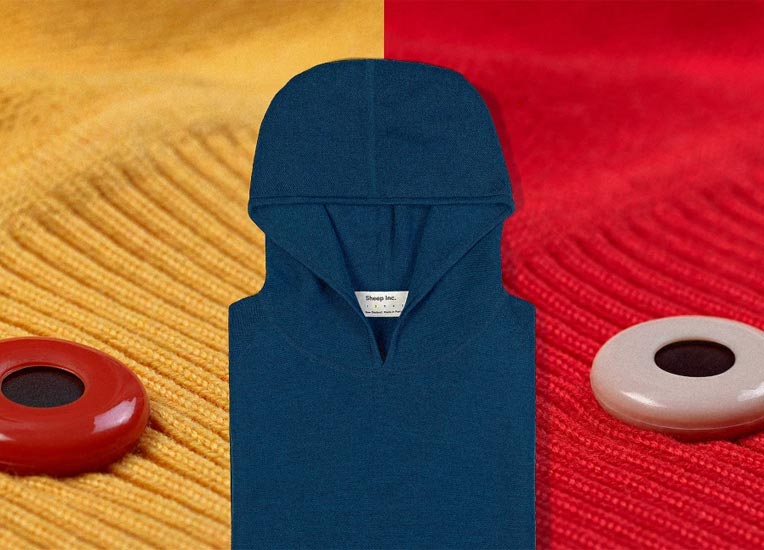
The typical “carbon negative” product involves a manufacturer buying carbon offsets to, say, protect forests—something that can be…
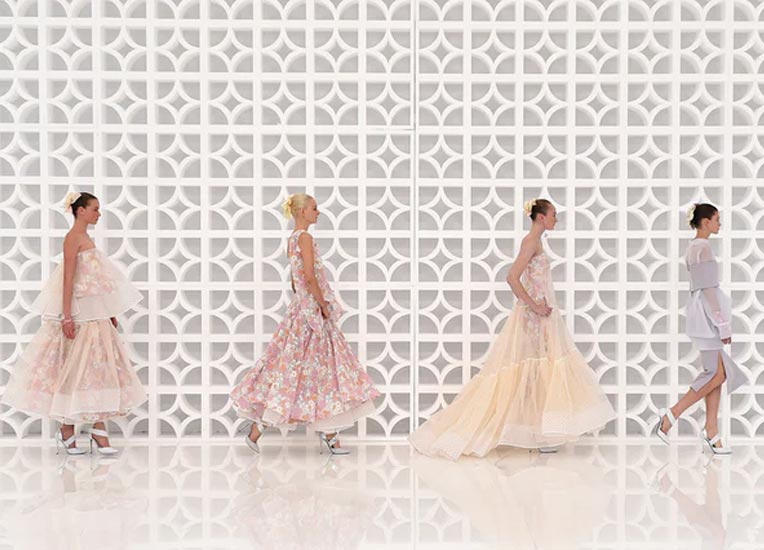
Australia’s federal government will direct $1 million to the country’s peak fashion and textiles body to fund the development of an Australian fashion certification trademark, it announced as part of its annual budget…

After what feels like a lifetime, Australian fashion week is back in full force in 2021. And with it, some killer street style…

The Resort 2022 edition of Afterpay Australian Fashion Week (AAFW) will run through June 4 and features 41 in-person and seven digital shows, an increase of 15 shows on the schedule compared to the event’s last run, in 2019…

When Australian Fashion Week wound up in Sydney on June 4, the biggest event of the season was yet to come…
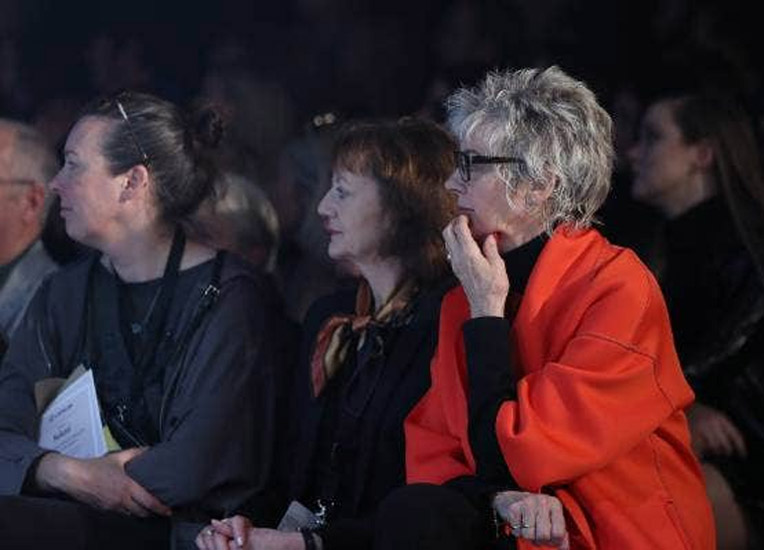
Africa
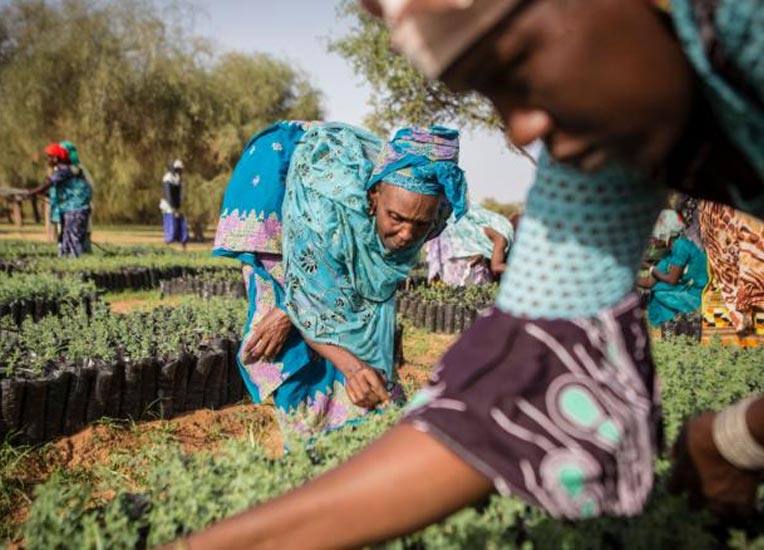
The world’s largest desert is growing. In the last century, the Sahara Desert expanded by more than 10%, now covering an area of more than 3.3 million square miles (8.6 million square kilometers) and spanning 11 countries in the north of Africa…

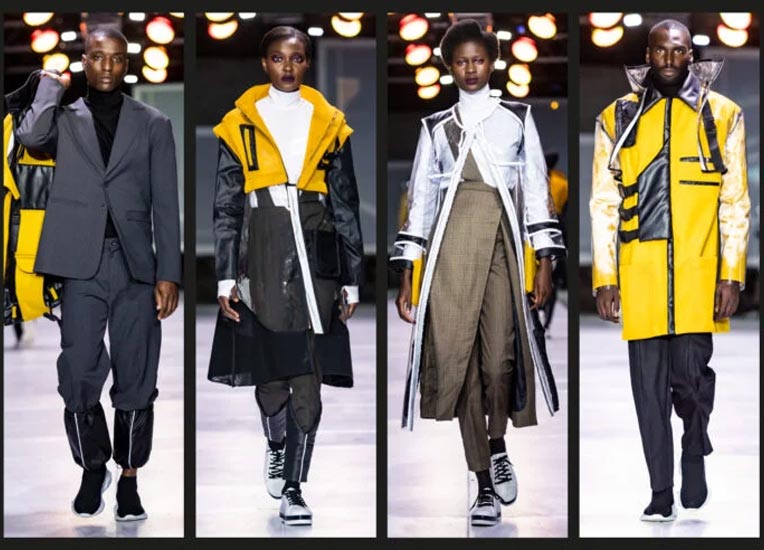
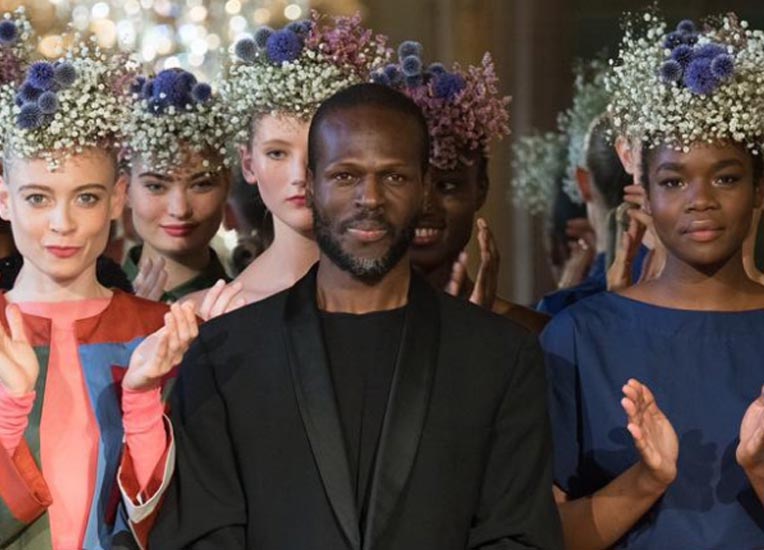

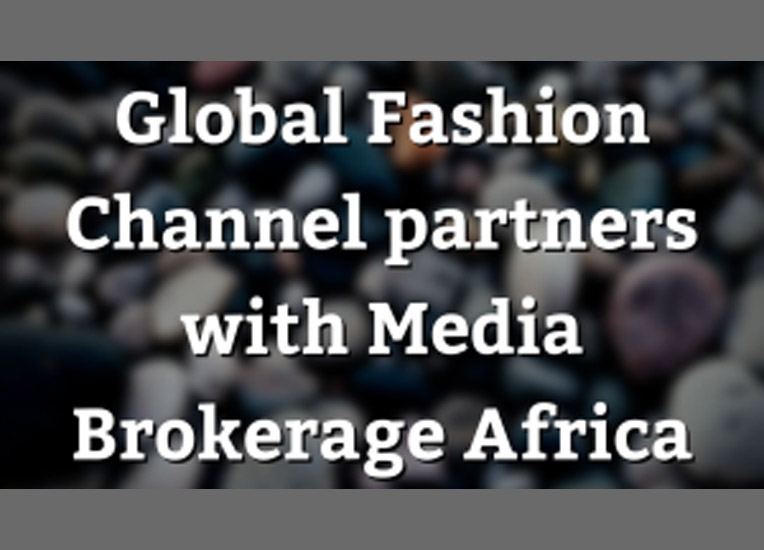


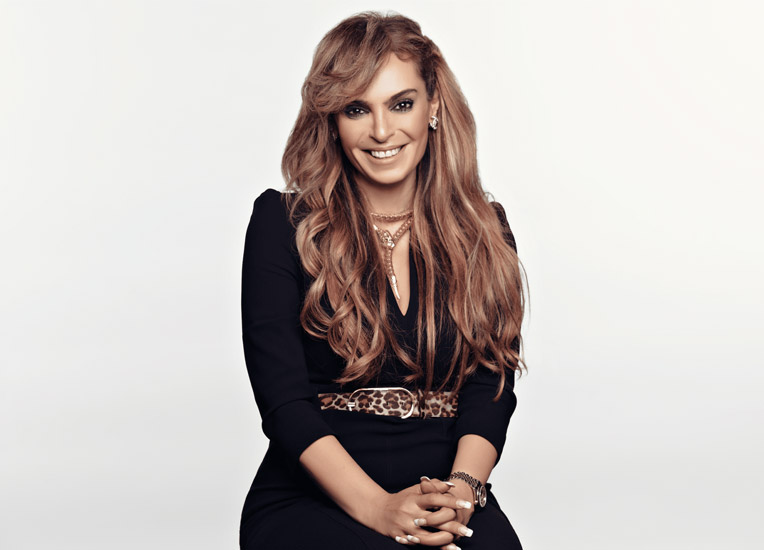
Senator Rasha Kelej is the first African woman to be Merck Foundation CEO, one of the world’s most important foundations, who has kept her efforts going for the last ten years…
Asia
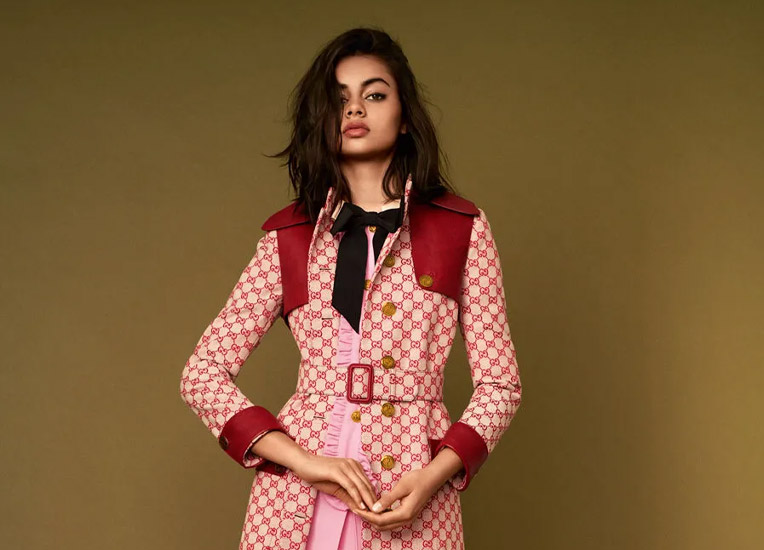
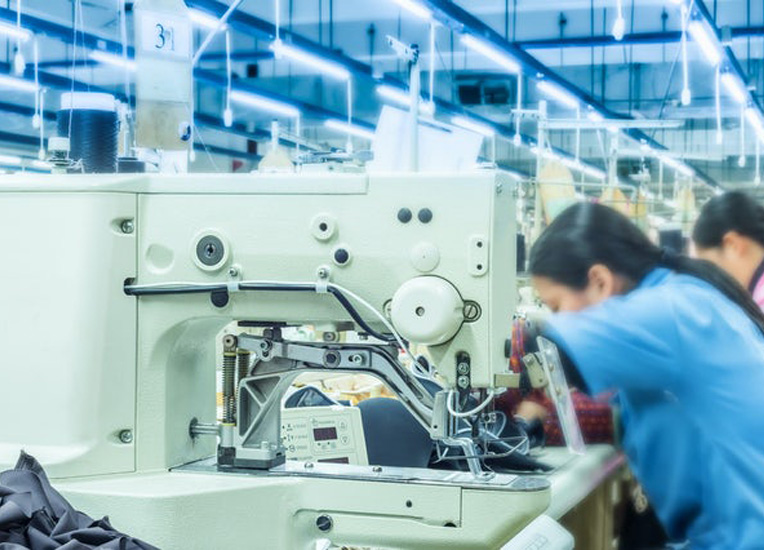
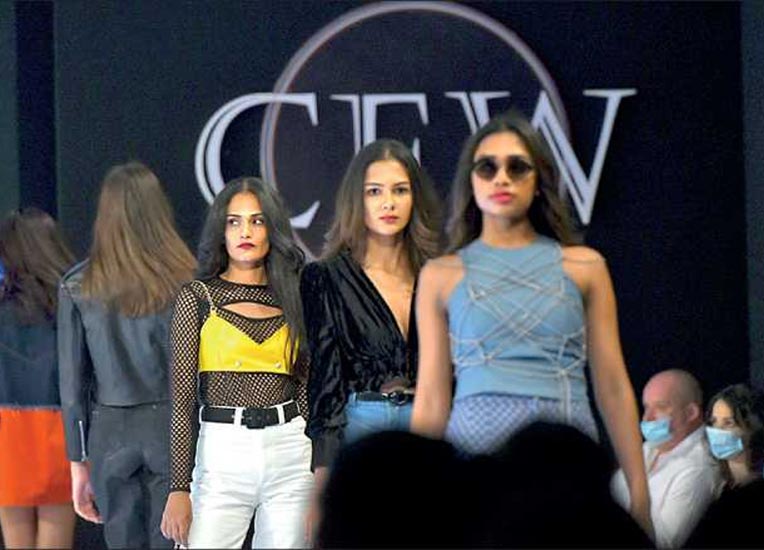
Fashion was slowly losing relevance over the past decade, until the global pandemic in 2020. The lockdown of cities, societies and citizens was not only a physical one but also an emotional and mental one. In this…
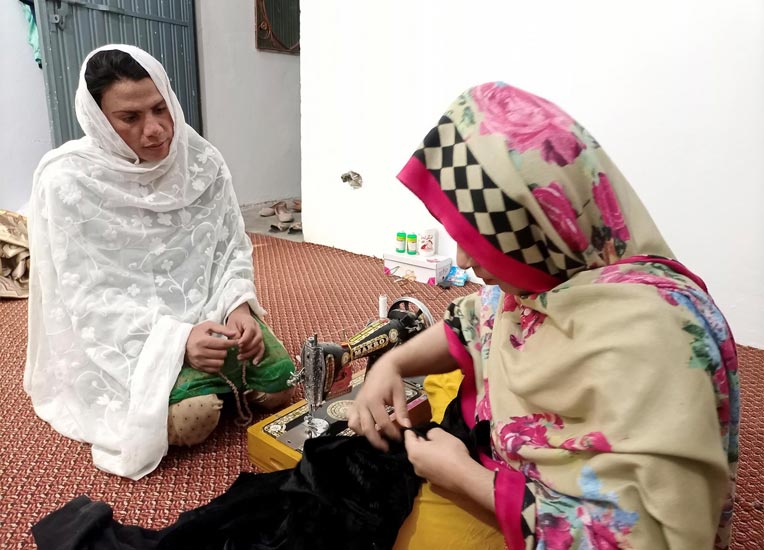
The madrasa is an important milestone for the LGBTQ community in the overwhelmingly fundamental Muslim country, where transgender people…


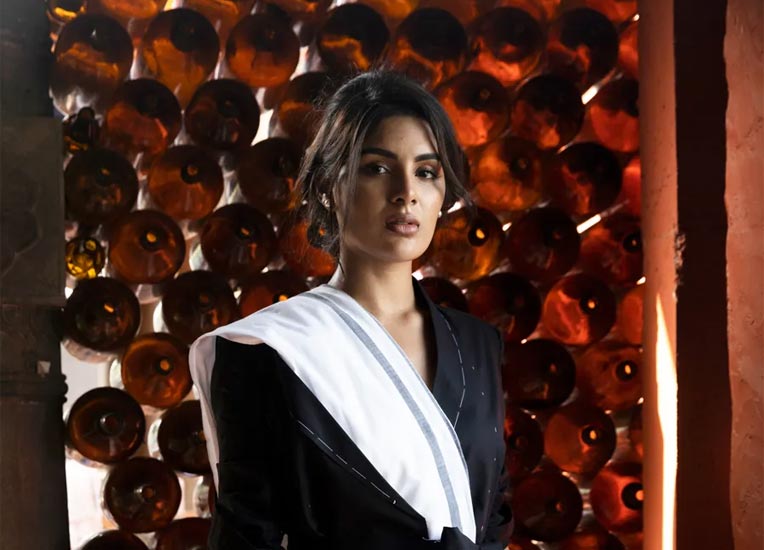
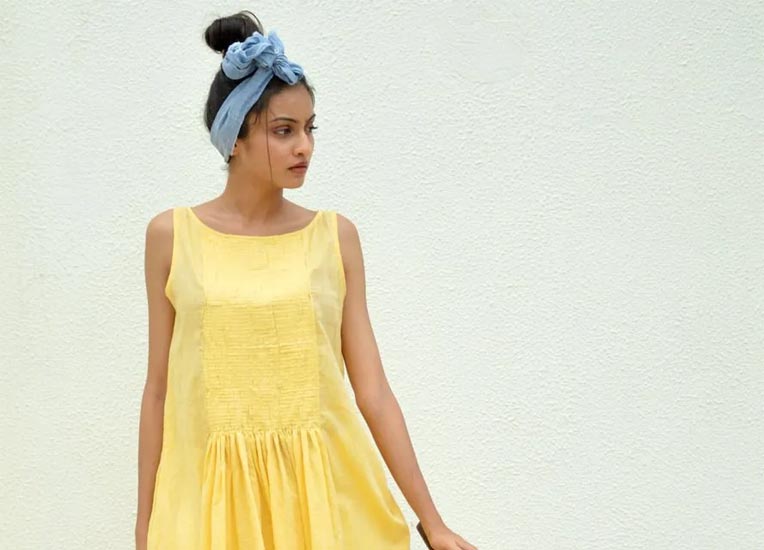
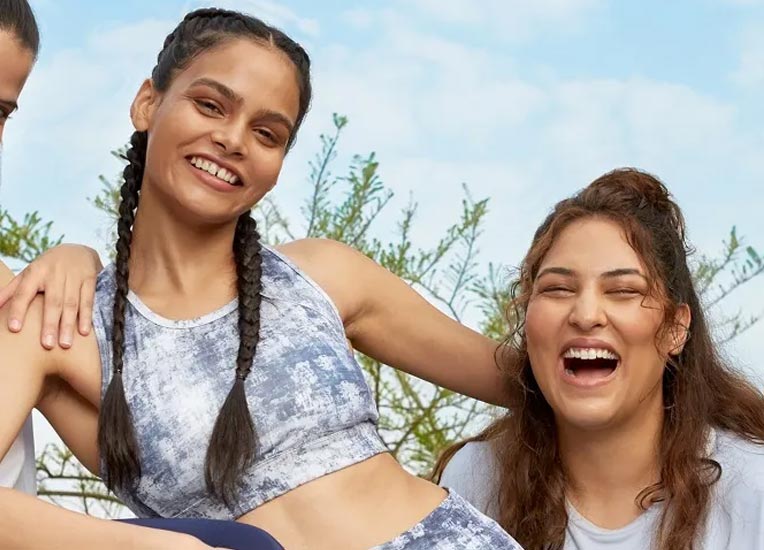
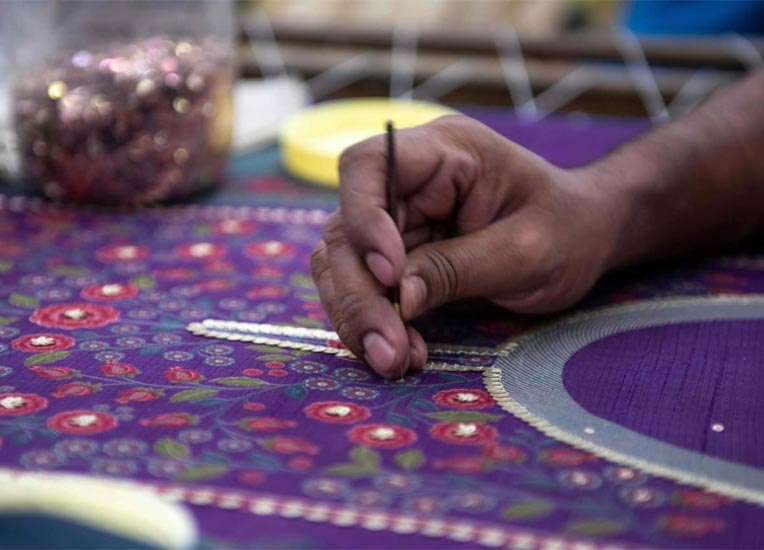
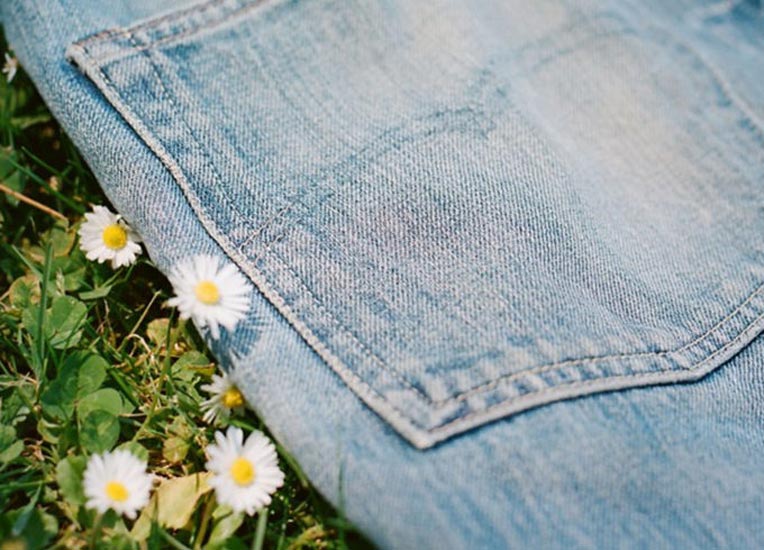
As part of its latest fundraising initiative, the Vogue Singapore Foundation is partnering with Levi’s to further support local design talent, sustainability and innovation. Here’s what to look forward to in the months to come…
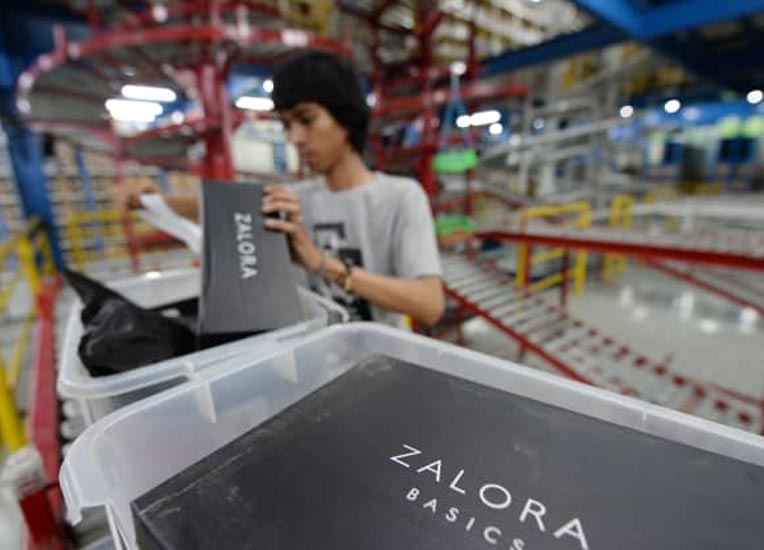

Europe

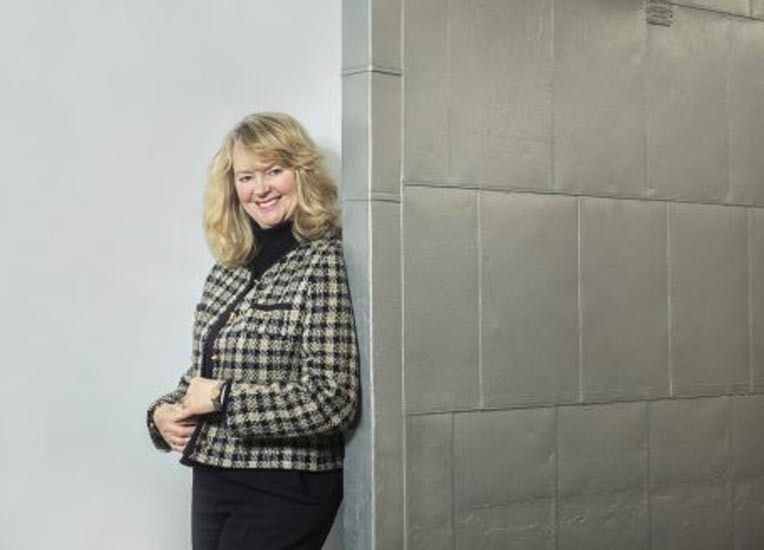
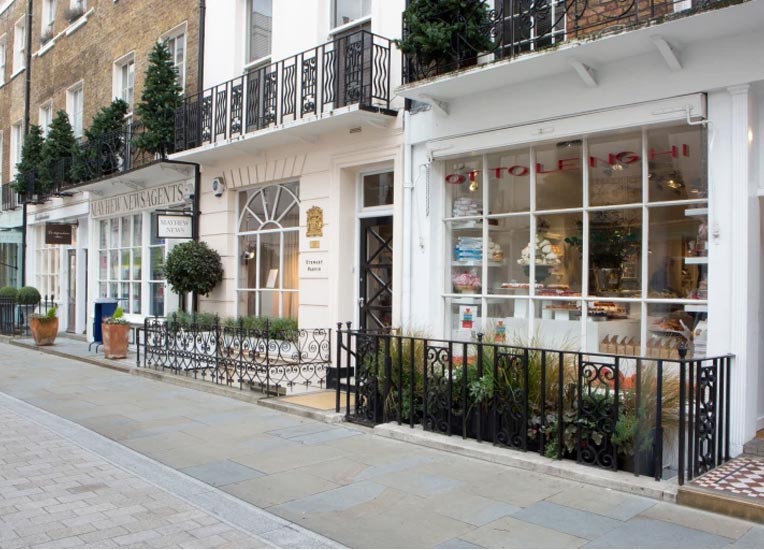

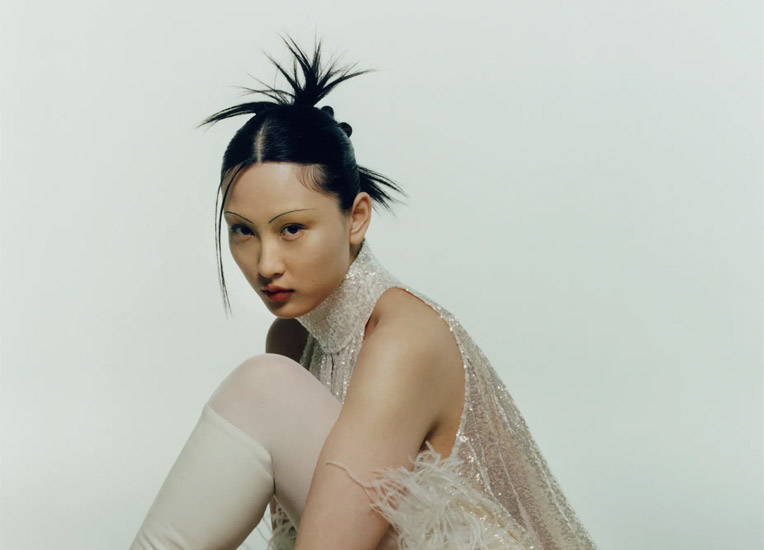

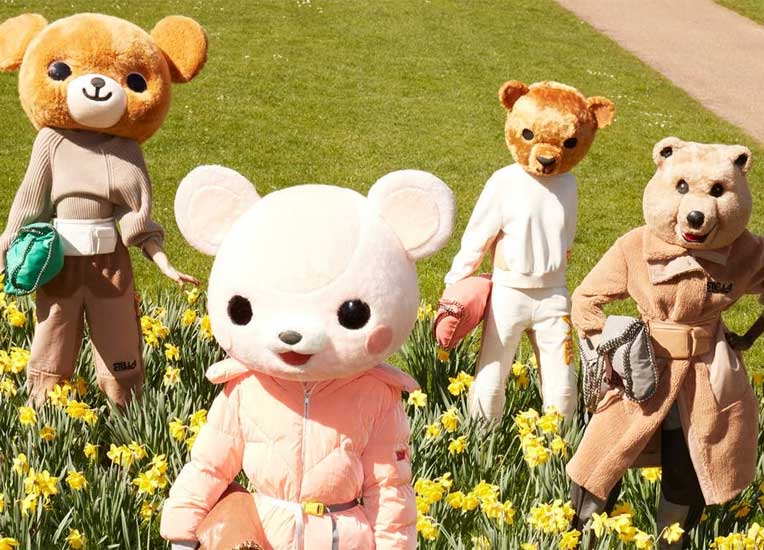
Caribbean & Americas
